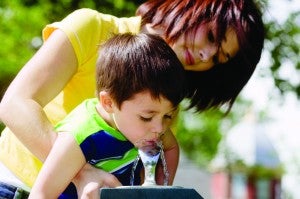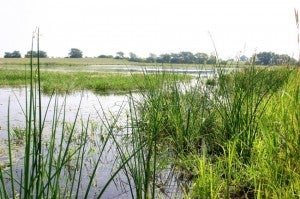 Federal and state governments aren’t doing enough to keep polluted runoff from reaching America’s waterways. That’s the conclusion the Environmental Protection Agency – aka the federal government – has reached in a new report from the office of its inspector general.
Federal and state governments aren’t doing enough to keep polluted runoff from reaching America’s waterways. That’s the conclusion the Environmental Protection Agency – aka the federal government – has reached in a new report from the office of its inspector general.
Anyone surprised?
Government has tried to reign in nutrient pollution for decades, only to watch dead zones persist in the Gulf of Mexico, Chesapeake Bay and Lake Erie. Just last month, a toxic brew of urban and agricultural runoff shut down Toledo’s water for two days. Seven weeks later, many of the city’s half million residents are still afraid to drink what’s coming out of the tap.

